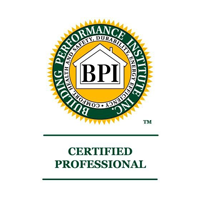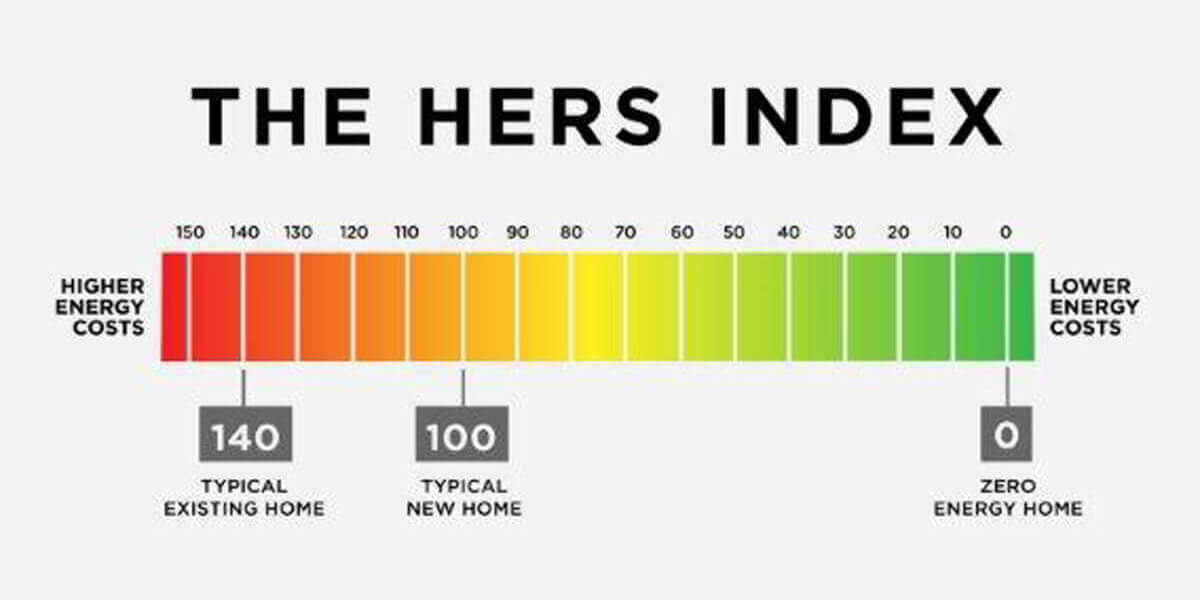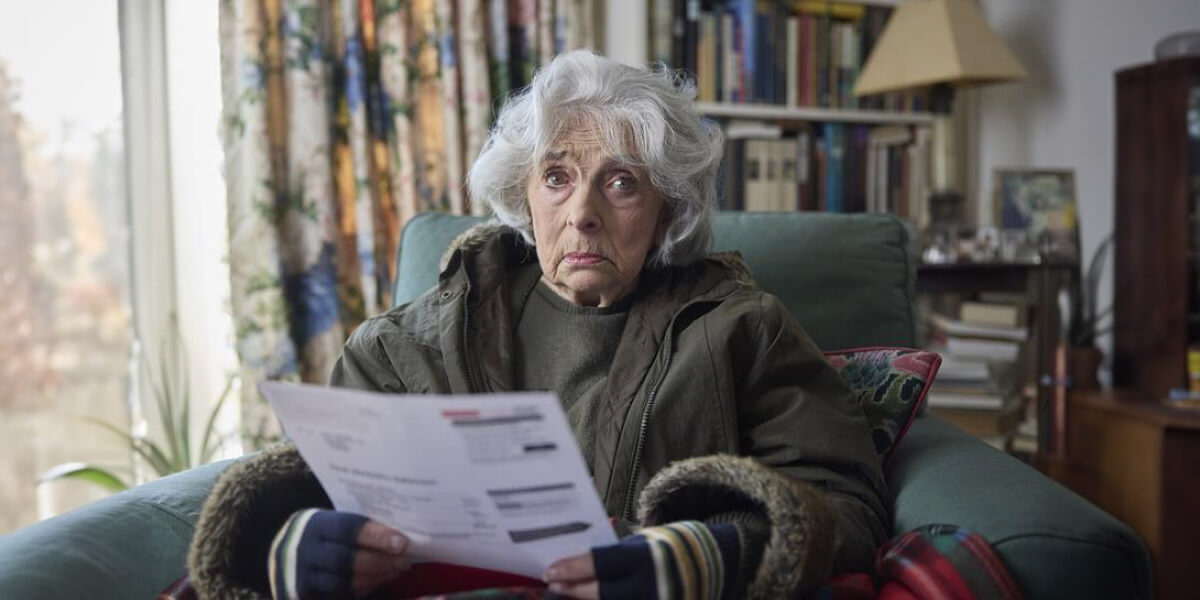In a continued effort to conserve even more energy than we currently are, over 100 communities in Massachusetts have adopted what is known as “the stretch code” for buildings. The stretch code is a list of requirements that goes beyond the base building energy code, as a way to save more energy. It is required in all “green communities” and is mandatory once adopted by the community.
Created by the Board of Building Regulations and Standards, the new code applies to all new construction and major renovations of residential homes. Historical buildings are exempt from both the base and the stretch code.
The new code builds on the base code in Massachusetts by adding more specific terms and higher energy savings. The building must have high quality insulation and air sealing, Energy Star windows, doors, and skylights, tighter duct sealing for heating and cooling systems, and energy efficient lighting systems.
Since the stretch code is an extension of the base energy code, it can offer at least 20% more in energy savings in your home. New buildings are required to be designed with better energy conservation in mind – rather than simply installing energy efficient measures after the home is built.
One major part of the home’s energy efficient design is the insulation. Incorporated into the building’s structure, insulation plays a huge role in the overall energy conservation within the building. By providing a barrier between your home and the outdoors, insulation reduces the need to heat and cool your home. Professionals install the insulation to ensure that it meets the requirements of the stretch code and helps bring down the overall energy use in the home.
The code follows a guideline developed by the Home Energy Rating System (HERS). This system makes sure that homes are not only well designed, but also well built. By analyzing a computer model of the home’s design, the HERS can predict the home’s energy score—how much energy the home will consume on average.
A home receiving a 0 by the HERS means that its net energy is zero, which is the most energy efficient but a score that is difficult to achieve. A home with a score of 100 still conserves energy because it meets the maximum guidelines for the energy code, but it can be improved to save even more. The lower the HERS score, the more energy efficient the home.
Once a town chooses to adopt the stretch code, it becomes mandatory at least six months after the adoption. The developer of a new home must enforce the stretch code to ensure that the home follows the code’s guidelines. A building inspector must also make sure the home meets all of the requirements.
Under this code, homes require effective insulation, air sealing, and sealed ducts. When professionals perform these necessary adjustments, your home will meet the guidelines presented by the stretch code. Spending money on energy saving alterations will ultimately save you money.















